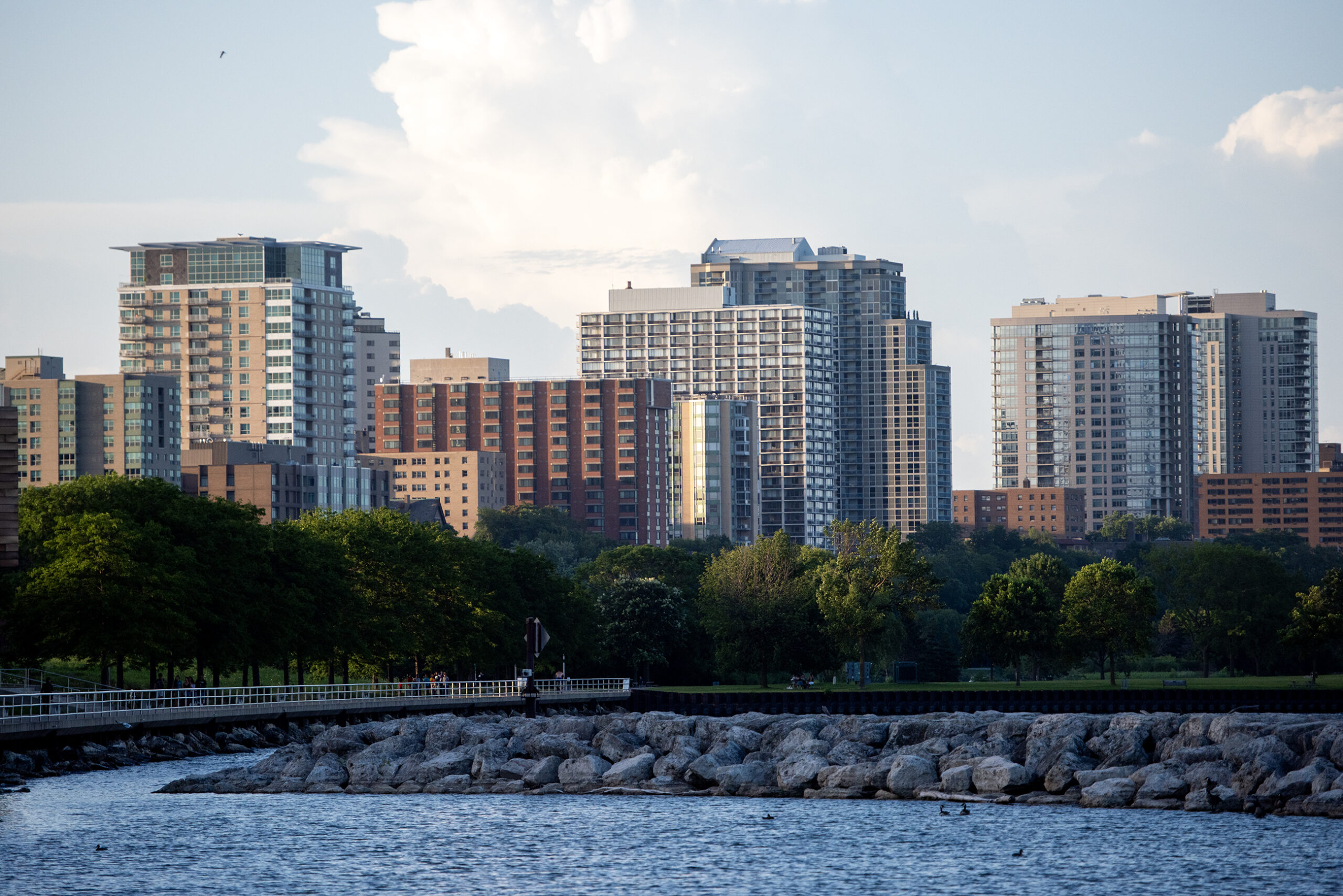Environmental group says state’s failure to meet ozone standards in southeastern Wisconsin brings health risks
For now, Wisconsin will avoid costly requirements to meet air quality standards for ozone pollution in parts of southeastern Wisconsin under a recent federal appeals court order.
The Seventh Circuit Court of Appeals granted the state’s request to temporarily postpone a rule issued by the Environmental Protection Agency in an order issued Friday. It comes after Wisconsin filed a motion last month saying the rule imposes “costly and burdensome requirements” on the state and businesses.
In December, the EPA issued a final rule that reclassified areas of Milwaukee, Kenosha and Sheboygan counties in “serious nonattainment” of its 2015 ozone standards. The state petitioned for review of the rule in February.
In a statement, Wisconsin Manufacturers & Commerce applauded the court’s order to stay the EPA rule. Scott Manley, executive vice president of government relations for WMC, said the court order provides relief to employers who face “crushing and job-killing ozone regulations.”
“Data from both the (Department of Natural Resources) and EPA indicate that the vast majority of ozone pollution in eastern Wisconsin is caused by emissions originating from outside our state borders,” Manley wrote. “It’s unfair to punish Wisconsin businesses for pollution they didn’t create, and (the) order is the first step toward righting this wrong.”
Ozone pollution, also called smog, often occurs in the summer when air pollutants like nitrogen oxides and volatile organic compounds from industry, power plant or vehicle emissions interact with heat and sunlight.
The DNR previously told WPR that ozone-causing pollutants are carried in the air over Lake Michigan from outside areas, causing shoreline counties in southeastern Wisconsin to have higher levels of ozone pollution. The agency has said Wisconsin sources contribute no more than 10 percent to elevated ozone levels while the rest comes from other states or outside sources.
In 2018, environmental group Clean Wisconsin sued the EPA to force the agency to reclassify southeastern Wisconsin counties as “nonattainment” or failing to meet air quality standards for ozone pollution.
“The fact that southeastern Wisconsin has been reclassified as in serious nonattainment for ozone means that residents of those counties are at higher risk of respiratory and cardiovascular diseases, and Wisconsin should be implementing all possible policies and strategies to reduce ozone pollution to protect public health,” Clean Wisconsin attorney Katie Nekola said in a statement.
Nekola added that the existence of pollution from outside sources doesn’t absolve Wisconsin industries from doing their part to cut back on pollution.
Read more at wpr.org.

